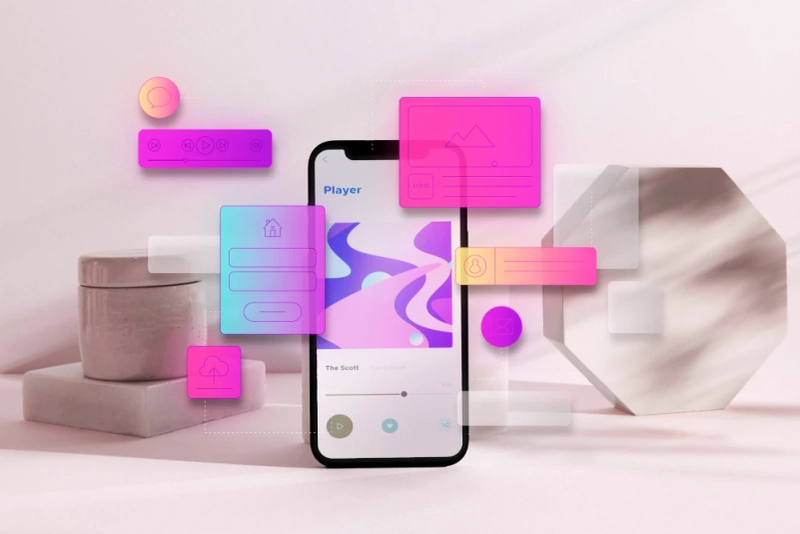User interface (UI) design plays a crucial role in the success of Flutter apps, as it directly impacts user experience and engagement. Creating beautiful and intuitive UIs enhances app usability and sets it apart in the competitive app market. Here are some Flutter development tips for designing stunning UIs:
Understand Material Design Guidelines
Familiarize yourself with Google's Material Design guidelines, which provide principles and best practices for designing visually appealing and intuitive user interfaces. Material Design emphasizes clean layouts, consistent typography, vibrant colors, and smooth animations to create delightful user experiences.
Use Widgets Effectively
Leverage Flutter's rich set of widgets to design expressive and interactive UIs. Choose widgets such as Container, Row, Column, Stack, and List View to create flexible and responsive layouts. Customize widgets using properties, themes, and animations to achieve the desired visual effects and user interactions.
Maintain Consistency Across Screens
Ensure consistency in design elements, such as colors, typography, icons, and spacing, across different screens and components of your Flutter app. Consistent design enhances usability, navigability, and brand identity, creating a cohesive and polished user experience.
Prioritize Performance and Responsiveness
Optimize UI performance and responsiveness to deliver smooth and seamless interactions in Flutter apps. Minimize layout complexity, reduce widget rebuilds, and optimize asset loading to achieve fast rendering and fluid animations. Prioritize user feedback and responsiveness to create an engaging and immersive user experience.
Embrace Visual Feedback and Micro interactions
Incorporate visual feedback and micro interactions to enhance user engagement and satisfaction. Use animations, transitions, and gestures to provide feedback on user actions, convey system status, and guide users through the app flow. Thoughtful micro interactions add polish and personality to your app, making it more memorable and enjoyable to use.
Test and Iterate
Iterate on your UI designs through user testing, feedback collection, and iteration cycles. Conduct usability testing with real users to identify pain points, usability issues, and areas for improvement. Iterate on your designs based on user feedback and analytics insights to create UIs that resonate with your target audience.
Conclusion
By following these Flutter development tips, you can design stunning UIs that captivate users and elevate the overall quality of your Flutter apps. Prioritize design aesthetics, usability, and performance to create memorable and delightful user experiences that differentiate your apps in the competitive app market. With Flutter's flexibility and versatility, you have the tools and resources to bring your UI designs to life and build apps that users love to engage with.



